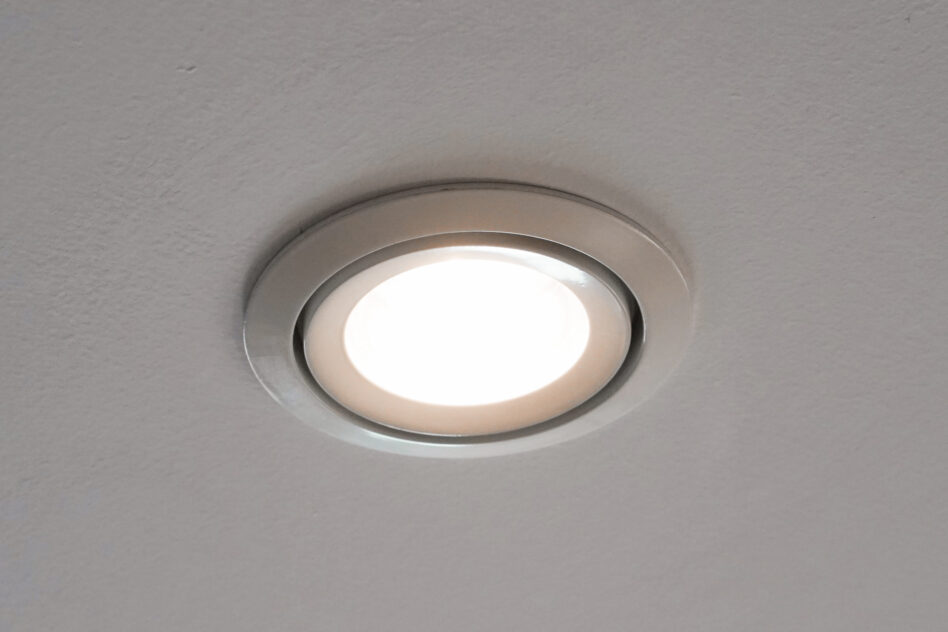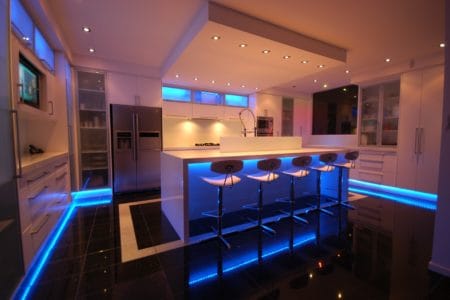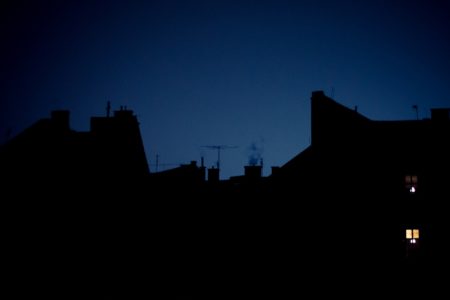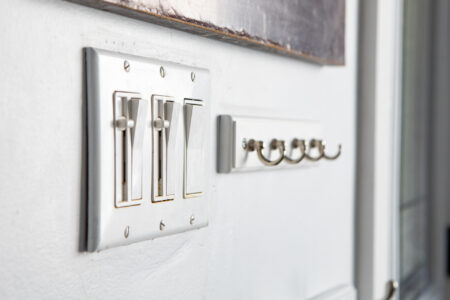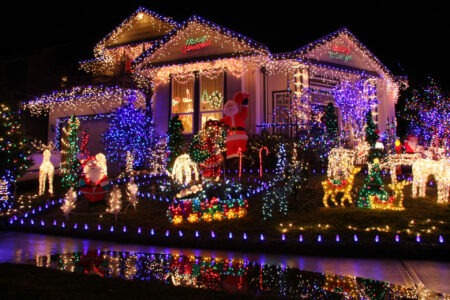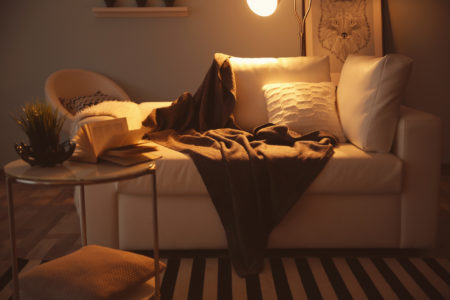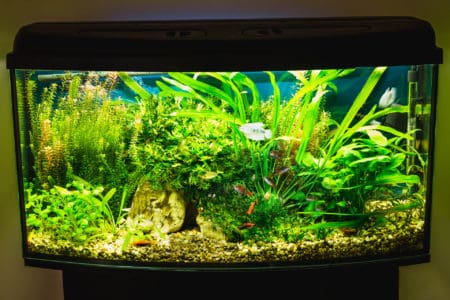Lighting plays an integral part in the design and feel of your home. Recessed lighting is a popular choice amongst homeowners and designers alike. But if your new to this you probably wonder what recessed lighting actually is?
Recessed lighting sits flush with the surface and creates a sleek and polished finish. Recessed lighting, also known as downlights, pot lights, or can lights, are lighting fixtures fitted into walls, ceilings, or floors in homes or commercial buildings.
Recessed Lighting Variations
Recessed lights are available in a variety of styles, types, and finishes and are used to brighten up darker rooms while being functional and decorative at the same time.
Canned and canless lights are both variations of recessed lighting. The difference lies in how you mount them into your ceiling, wall, or floor. These lighting fixtures make smaller rooms, or rooms with low ceilings, feel more extensive.
Canned recessed lights derived their name from the cylinder in which the lamp is installed. The cylinder is hidden in the ceiling, floor, or wall, allowing a flush finish with the surface. It is essential to install the canned recessed lights before finishing the drywalls since you have enough access to install the bulkier housing inside the ceiling.
Canless recessed lights are called potlights, downlights, and recessed fluorescent lights. The differences between the recessed lights may be small but significant. Canless recessed lights connect directly to your electrical wires and can be installed easily.
Recessed Lights For Every Area And Purpose
Ceilings are popular areas for recessed lighting. Recessed wall lighting usually uses an angled flange to direct light onto stairs and lightens a footpath or corridor. Recessed lights in the ground will shine upward to lighten a path or emphasize the landscape.
Deciding when and where to use recessed lighting may need to be clarified. Use the following as a guideline when placing your lighting.
Spot or accent lighting is used to put the focus on something, such as an art piece. Say, for instance, you have a painting that you want to highlight; the best angle for the light to optimally emphasize it would be to angle the light at thirty degrees. This angle reduces unwanted glare falling on the art piece.
Recessed lighting may feel harsh in certain areas. However, you can soften the light reflecting off the walls by placing the recessed light close to the wall. This is called wall washing and refers to the light bouncing from the wall into the room.
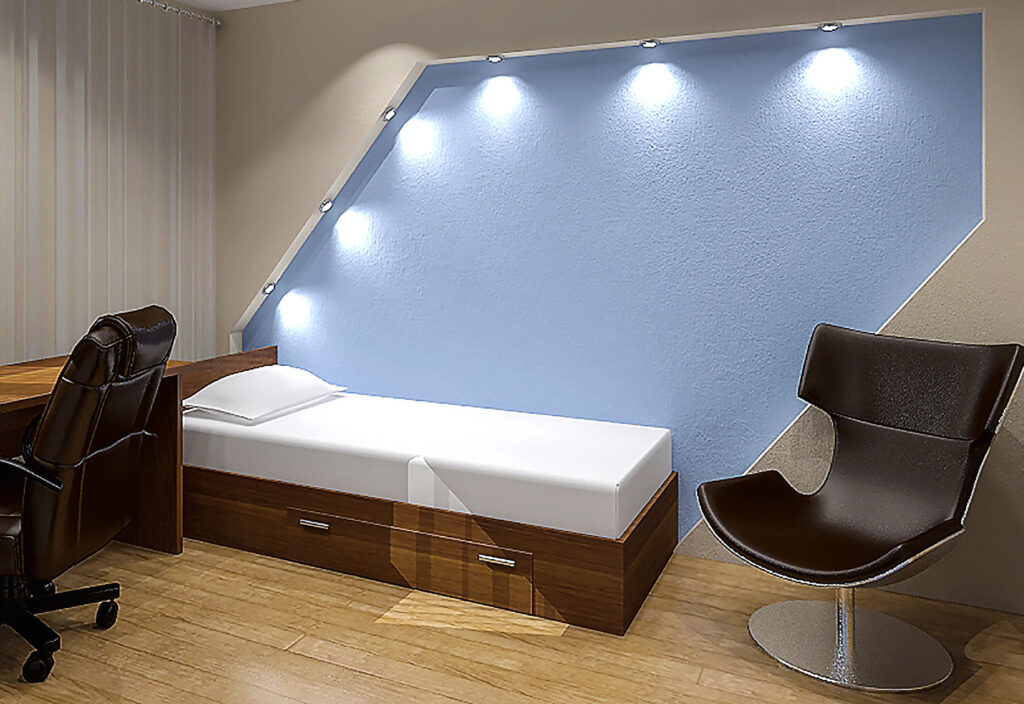
Different Recessed Light Trimmings
There are many light trimming options, and they all have two things in common, aesthetics and functionality. Therefore, choosing the combination that best suits your needs is essential.
Aesthetic Recessed Light Trimmings
If you are afraid of dull-looking spots of light sitting in the ceiling, wall, or floor, do not despair. There are various light trimmings to choose from. The trim refers to the decorative molding around the opening of the recessed light.
Following is a list of aesthetic recessed light trimmings.
- Flangeless trims provide a seamless look since it is installed flush with the sealing.
- Flanged trims appear more prominent
- Round trims lean more toward a classical look
- Square trimmings are more modern
- Flat trims are ideal for someone preferring the minimalistic look
- Bevel trims add more depth
Functions For Recessed Light Trimmings
Trimmings do not only differ in their appearance but also in their functionality.
Following is a list of functional differences between recessed light trimmings.
- Specular and baffle trims reduce glare, while open reflector trims produce the most light.
- Adjustable trims are excellent for use in areas that will be washed, such as walls. Adjustable trims are extremely useful on sloped ceilings.
- Showers and saunas require wet trims, while damp trims can be used anywhere else.
- Directional trims allow you to direct where the light shines. In contrast, gimble trims have the same function but are less flexible than directional trims.
Pros And Cons Of Recessed Lighting
Now that you know what recessed lighting is, what options you have when choosing your lighting, and where to put different kinds of it, it is time to consider the pros and cons of these types of lighting.
The Pros Of Recessed Lighting
- You don’t see recessed lighting, which leaves the room with sleek, clean lines. When placed and installed correctly, these lights add a modern feel to any home and decor style and enhance a more traditional scheme.
- Recessed lighting works perfectly for lighting up a specific area, such as a kitchen counter or small workspace, or when remodeling your basement.
- Unlike standard light fittings, wet area recessed lighting can be installed directly above a bath or shower. In addition, they are equipped with sealed lenses to keep dampness and moisture at bay.
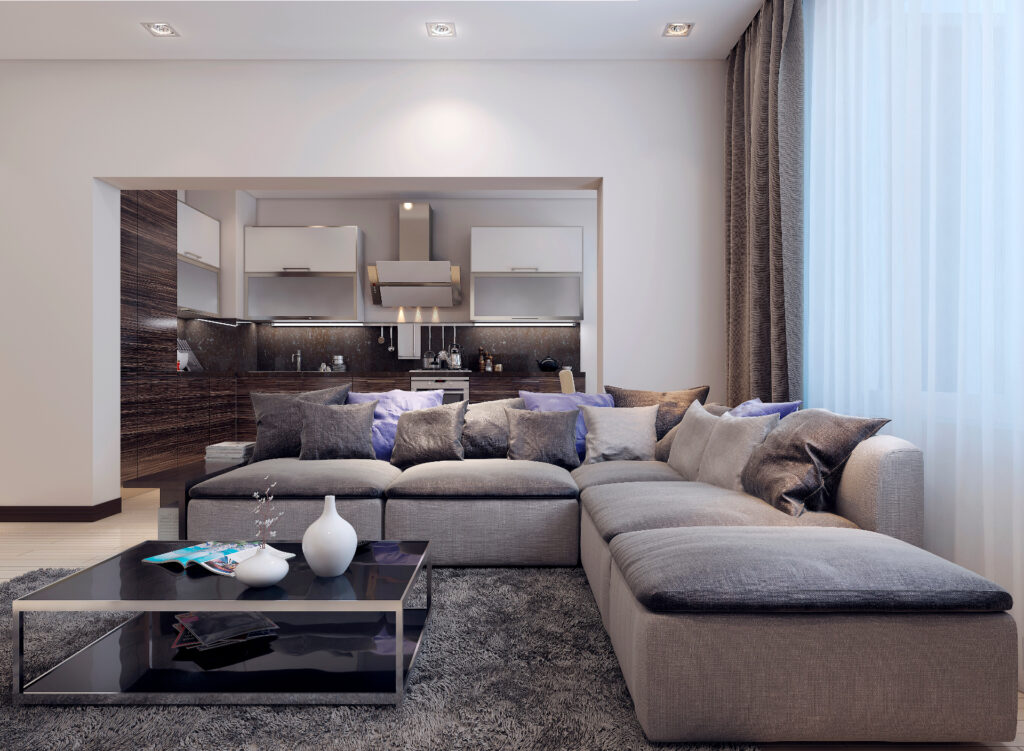
The Cons Of Recessed Lighting
- You need a lot of recessed lights if you want a brightly lit room since recessed lighting is, in essence, spotlights that only emits light to a limited area.
- Recessed lighting appears to be cold, stark bright, and unimaginative. Conventional lighting allows for different colored bulbs, attractive chandeliers, and fittings that double up as focus points and enhances the atmosphere.
- Since the light shines directly above your head, recessed lighting should not be used above bathroom vanities. It may cast a shadow over your face. Instead of using recessed lights in this area, install lights on both sides of the mirror to see yourself clearly.
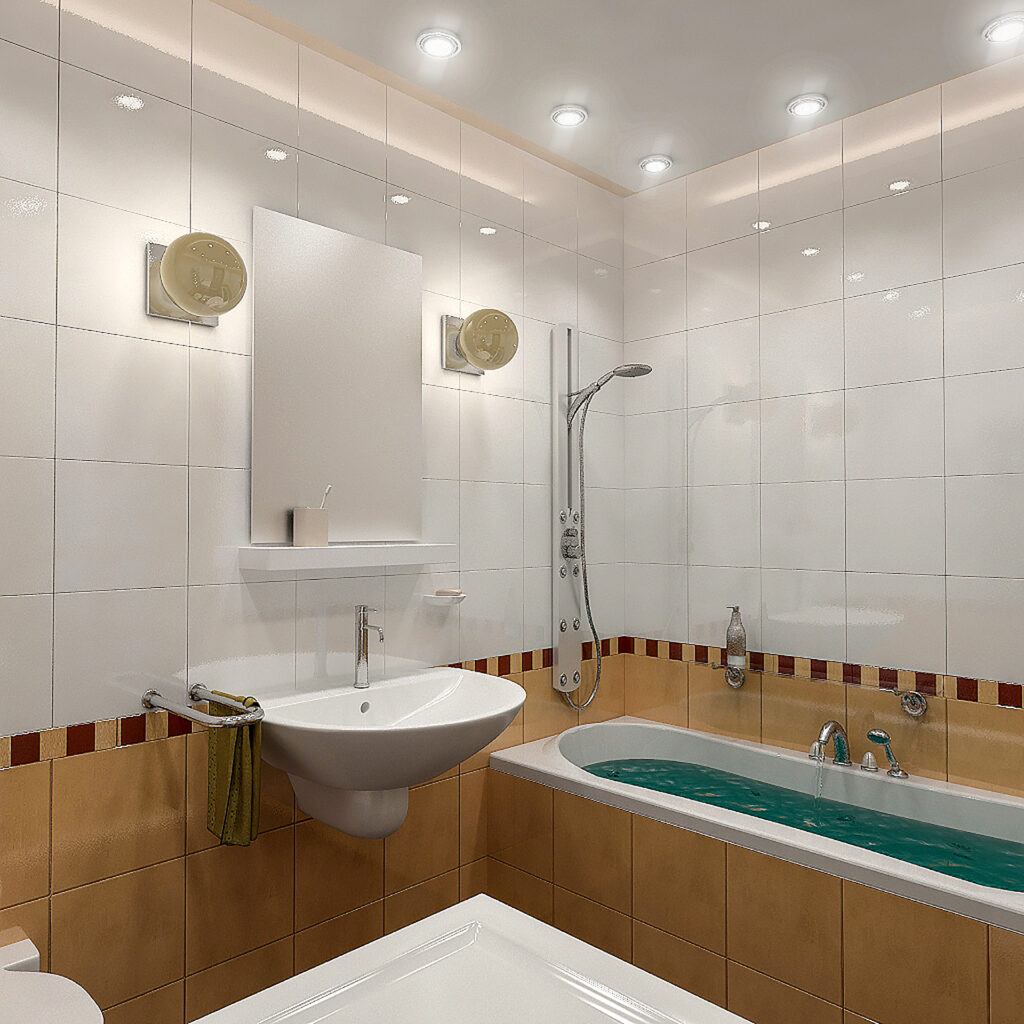
Is Recessed Lighting Safe?
Recessed lighting is very safe if you choose the correct model. Always install recessed lighting that is IC rated. This stands for insulation contact, meaning it can touch fiberglass insulation without any negative consequences.
Is Recessed Lighting Energy Efficient?
Modern recessed lighting uses LED, which is very energy efficient. In addition, LEDs are much cheaper and have a lifespan of up to fifty thousand hours. With this long lifespan you no longer have to change your bulbs on a regular basis which often was quite difficult to unscrew a broken bulb in the can of a recessed light.
